- EVs can be charged at home, work, or public stations, with EV charging at home via a Level 2 charger being the most cost-effective.
- Home charging is cheapest, while public Level 2 chargers cost $0.20-$0.25 per kWh, and DC fast chargers cost $0.40-$0.60 per kWh.
- Level 3 (DC fast) chargers provide the quickest charge by delivering direct current directly to the car’s battery, reducing charging time compared to Level 2 chargers.
Switching from a gas guzzler to an electric vehicle (EV) changes how you travel. It’s a whole emotional adventure that questions old habits and beliefs. As exciting as it sounds, the transition to electric mobility can feel like stepping into the unknown, especially when it comes to charging your new electric car. The complexities of EV charging—where to charge, how long it takes, and how much it costs—can be overwhelming. But here’s the truth: It’s simpler and more rewarding than you think.
ADVERTISEMENT
EV Charging Explained: It’s Not Just About the Kilowatts
When you first make the switch to an EV, your biggest concern may not be the car itself—it will be figuring out the charging. You might picture yourself waiting for hours while your car charges, or even worse, running out of battery in the middle of nowhere. It’s not just about plugging in. You’ll have to change the way you think about fueling your vehicle. And it turns out, you’re not alone.
Many new EV owners share the same concerns. But as you peel back the layers of complexity, you’ll see that EV charging is more than just thinking in gallons of gas to kilowatts of electricity. It’s about convenience, saving your hard-earned money, and even adding a touch of adventure.

How Integration into Daily Life Makes Sustainability Effortless
One of the first things you realize is that EV charging can happen almost anywhere—your home, the office, or even while shopping. Unlike traditional gas stations that are spread out along the roads, electric charging stations are integrated into your everyday routine. You can charge your car at home with a Level 2 charger, which is like giving your car a good night’s sleep. Wake up, and it’s ready to go, just like you after a strong cup of coffee.
Charging your EV at home typically involves using a Level 2 charger, which delivers alternating current (AC) with a power output between 3.4 kW and 22 kW. This is the most common and practical way to charge your EV, offering about 75 miles of range per hour at its maximum output. For most of us, this means your car will be fully charged by morning, ready to tackle the day. For those new to EVs, one of the biggest advantages is never having to stop at the gas station every week.
However, if you’re on a road trip or in need of a quick top-up, Level 3 charging stations—also known as DC fast chargers—come into play. These chargers bypass the car’s onboard converter, delivering direct current (DC) power straight to the battery. The result? A much faster charge, getting you back on the road in minutes instead of hours. You can grab a quick snack while your car charges up just enough to get you to your next destination. That’s the future of road trips for you.


Charging Your EV: Fast, Affordable, and Convenient—What You Need to Know
One of the first questions everyone asks is, “How long does it take to charge?” Well, it depends. A Level 2 EV charger at home can take anywhere from 2 to 8 hours to fully charge your car, depending on the battery size. It’s a lot faster than you think, especially when you consider the fact that most people charge their cars overnight, just like their smartphones.
But how much does it cost to charge your EV? Charging at home is incredibly affordable, often costing just a fraction of what you’d spend on gasoline. The actual cost to charge your EV depends on various factors, such as the size of your battery and where you charge it.
At home, where electricity is cheapest, it can be as little as $10 to fully charge a Tesla Model Y, or $6 for a smaller EV like the Fiat 500e. Public charging stations, while slightly more expensive, still often come out cheaper than a tank of gas. For example, Level 2 chargers at public stations generally cost between $0.20 and $0.25 per kWh, while Level 3 chargers—those DC fast chargers—can range from $0.40 to $0.60 per kWh. For a typical recharging stop, this could translate to a cost of $20 to $40, depending on your EV’s battery size and the station’s rates.
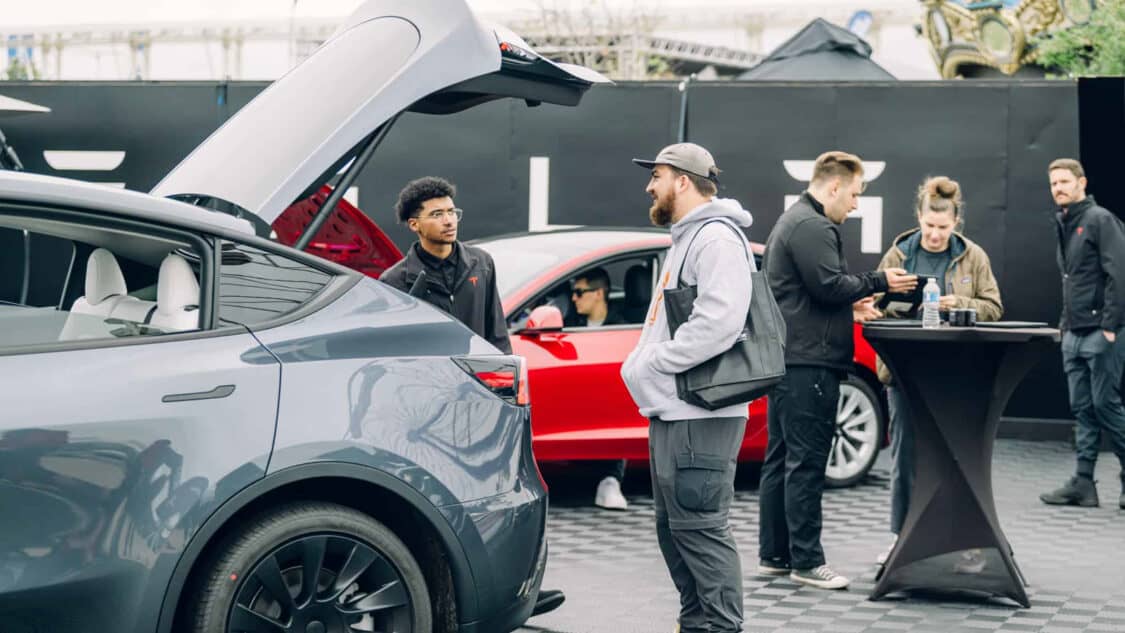
Location also plays a significant role in charging costs. In places like California, where electricity prices and regulations can drive up costs, charging may be more expensive compared to other regions. Additionally, the time of day and whether you’re charging during peak or off-peak hours can influence the price. Some networks offer lower rates for subscribers who pay a monthly fee, making it easier to manage your charging expenses if you frequently use public stations.
While road trips used to be costly, they can now be more affordable. Just remember that your trip might take a bit longer due to the time needed for charging your vehicle.
ADVERTISEMENT
AC vs. DC: The Charging Speed Debate
A common question many EV owners have is, “Why is DC charging so much faster than AC charging?” The answer lies in how the electricity is processed.
AC Charging:
- Uses Alternating Current (AC), the type of electricity from home sockets.
- Your EV’s battery stores power as Direct Current (DC).
- A Level 2 AC charger requires the car to convert AC to DC.
- This conversion process adds time to the charging process.
DC Fast Charging:
- Uses Direct Current (DC) and delivers power directly to your car’s battery.
- The charger handles the AC-to-DC conversion.
- This bypasses the onboard converter, resulting in faster charging speeds.
- Ideal for quick top-ups when you need to get back on the road swiftly.
While AC charging is a common and convenient option, DC fast charging offers a significant boost in speed by bypassing the conversion process. For those in a hurry, DC fast chargers are the way to go, ensuring you spend less time waiting and more time driving.


Amazon Recharge Zone at Electrify Expo, hosted by Matt Teske of Chargeway, explaining EV charging.
The Convenience, Savings, and Sustainability of a New Driving Era
The rise of electric vehicles is reducing carbon emissions and changing what it means to be a driver. The convenience of charging while you shop or work is just one part of the equation. The other is the knowledge that you’re contributing to a more sustainable future. It’s not just a buzzword. It’s a lifestyle shift.
While at Electrify Expo, the largest EV festival in North America, one EV owner mentioned to me, “Charging when you’re parked at your destination, instead of going out of your way to do so, is something you can easily get used to. It’s a sentiment that resonates with many of us who are tired of the traditional gas station routine. The ease of plugging in and walking away is something that’s hard to beat.
EV charging might seem complicated, but it’s actually simple and can easily become a part of your daily routine. No matter if you’re charging at home with a Level 2 EV charger, using a Tesla charging station, or plugging in at a public facility, the benefits are clear: you’ll save money, enjoy greater convenience, and contribute to a more sustainable future.
ADVERTISEMENT

IMAGES: ELECTRIFY EXPO
FTC: We use income-earning auto affiliate links. Learn more.


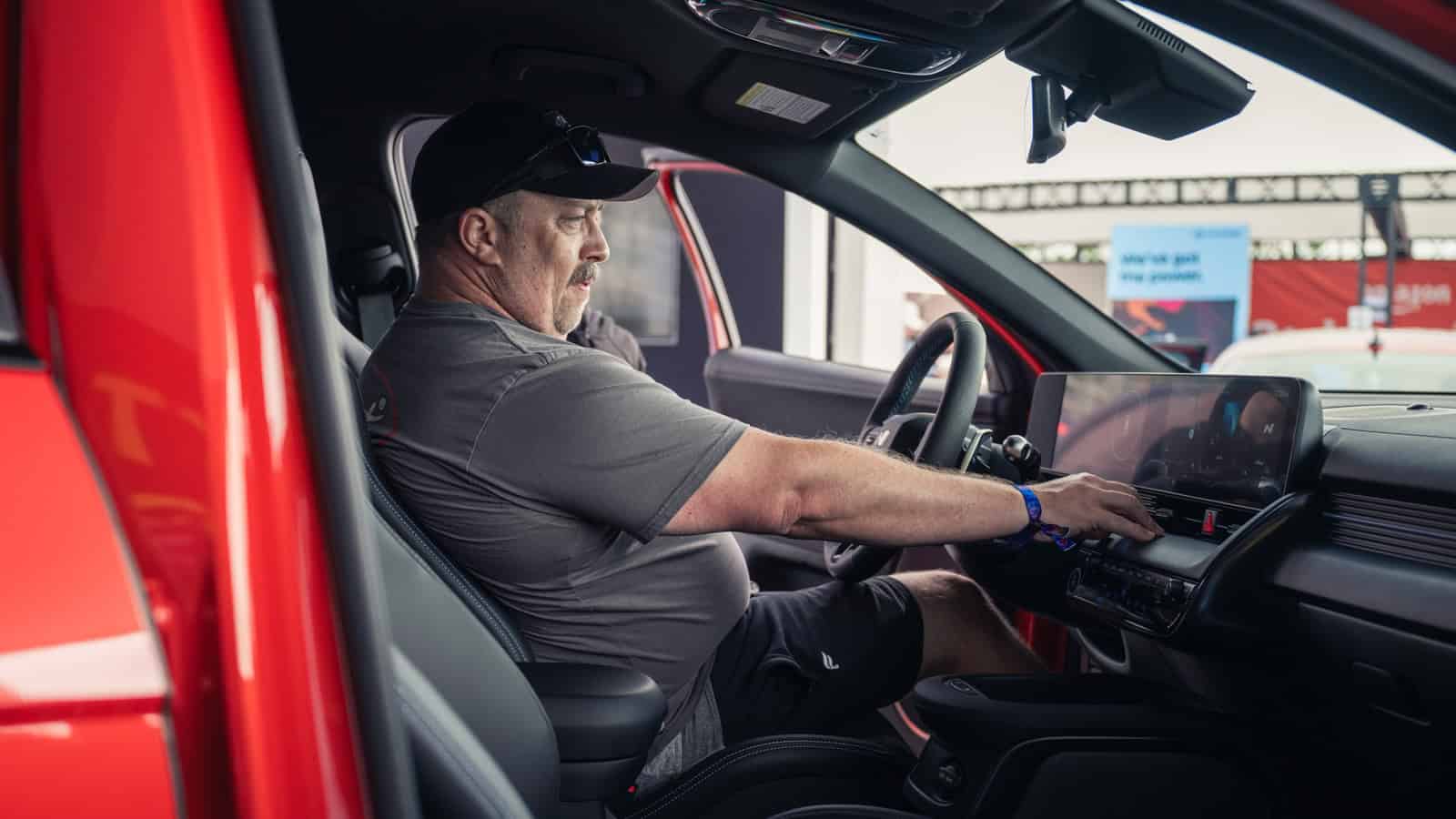



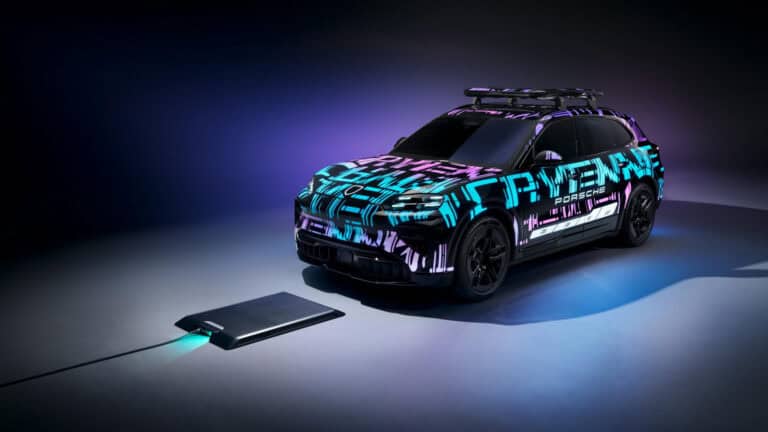
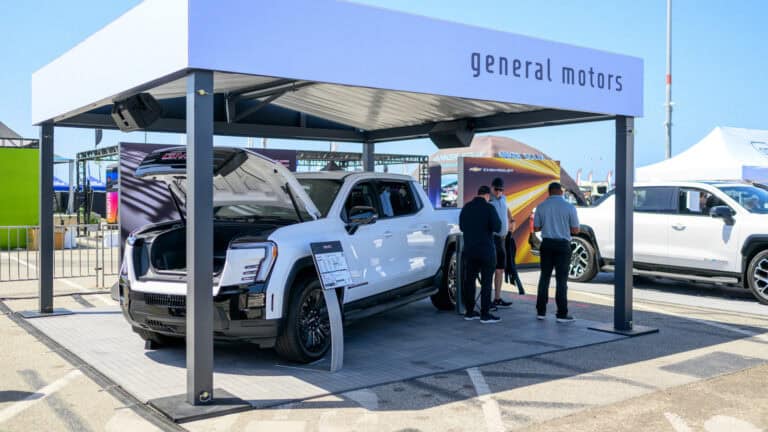

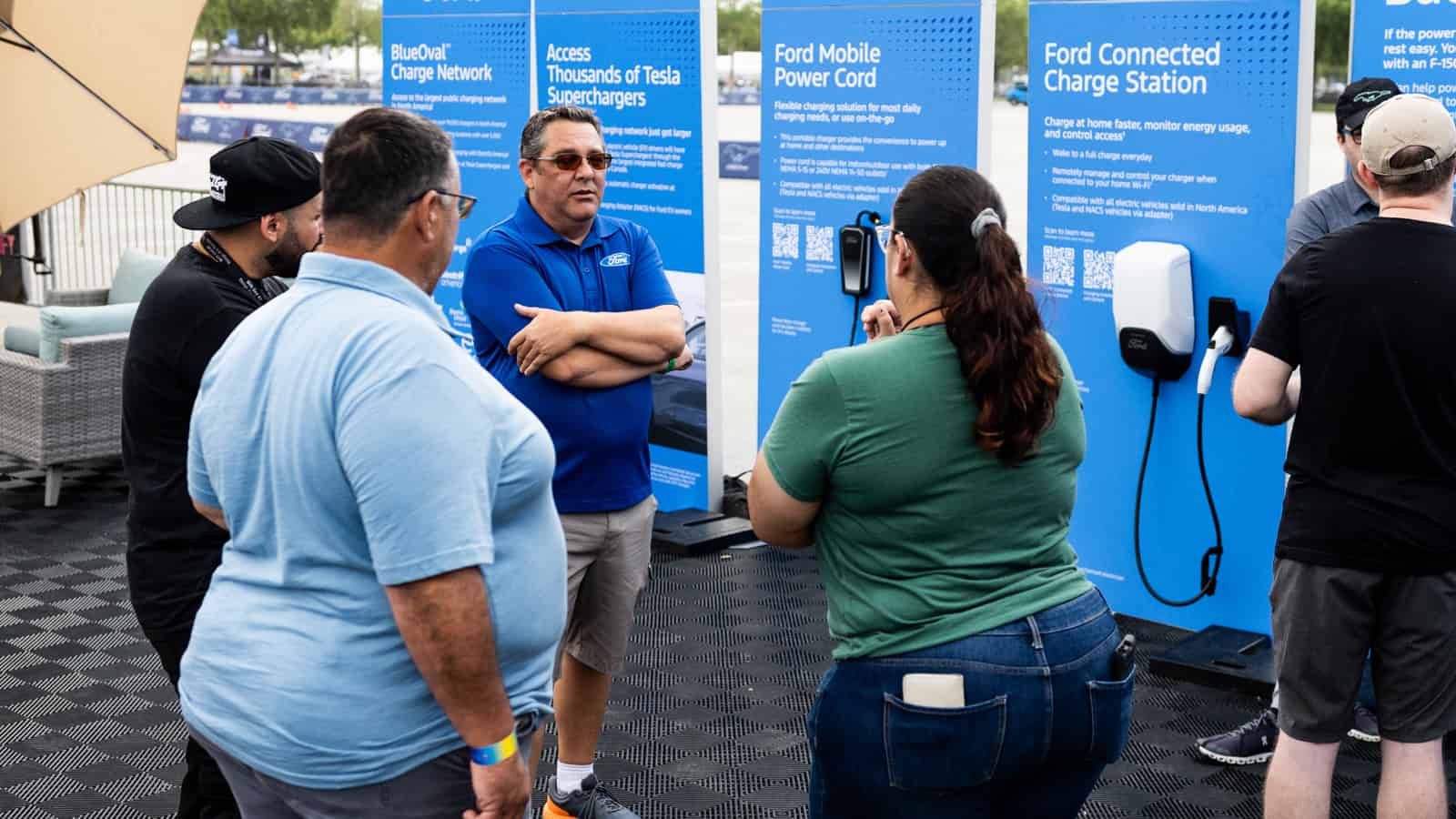

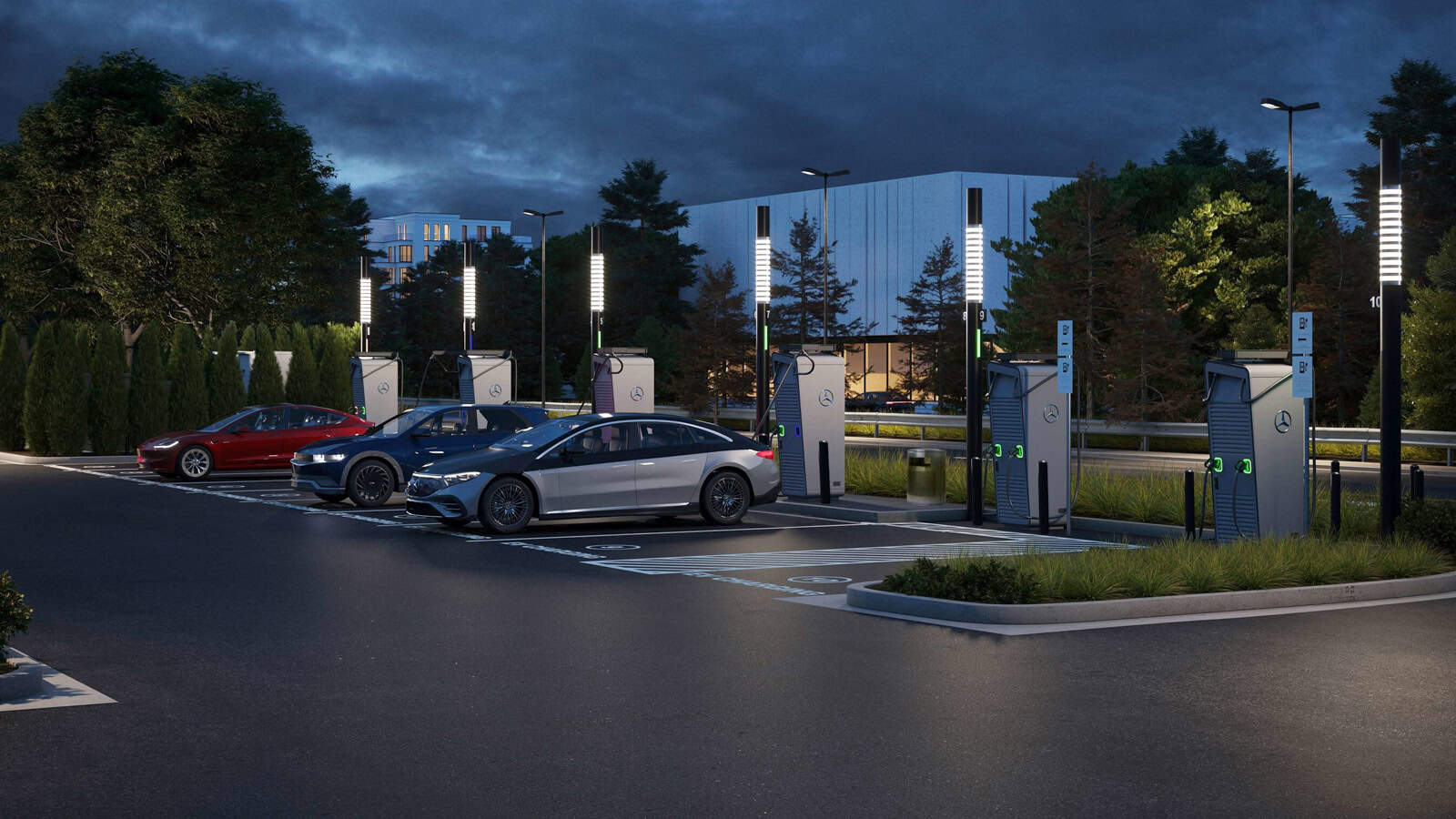
2 Responses